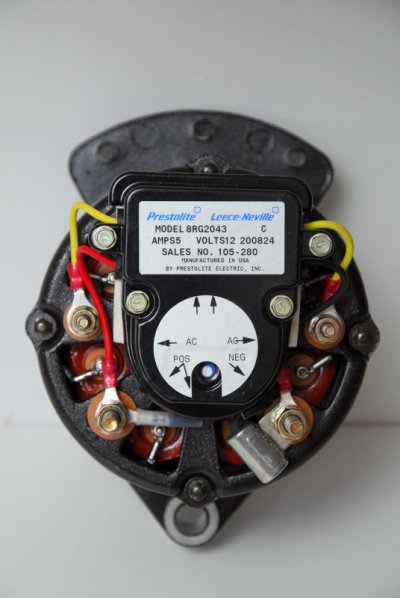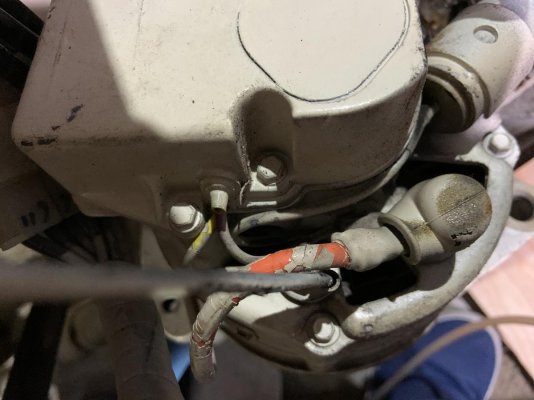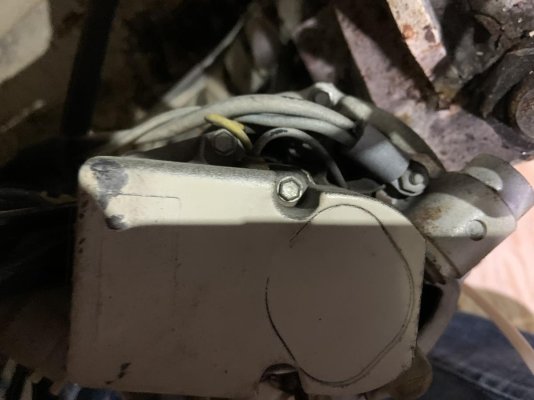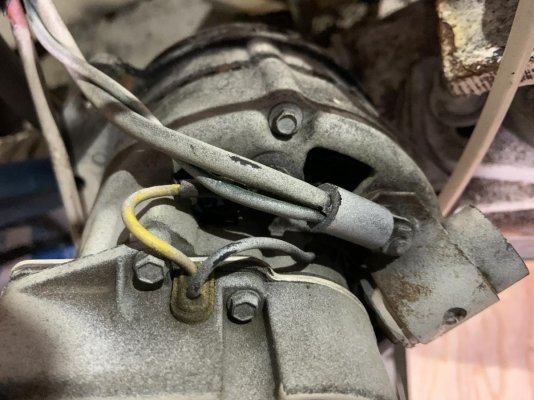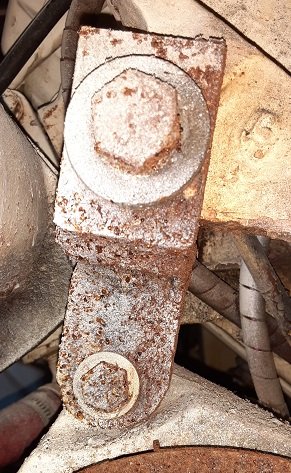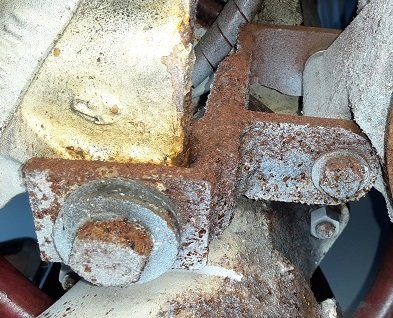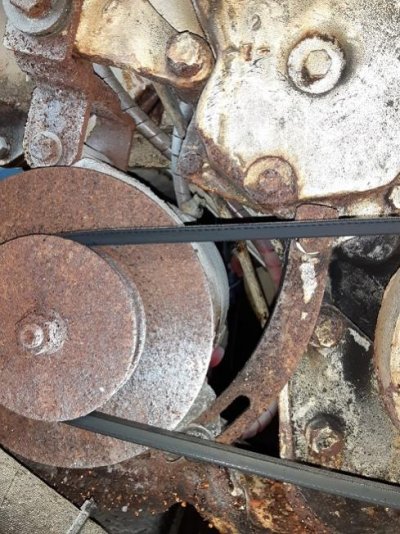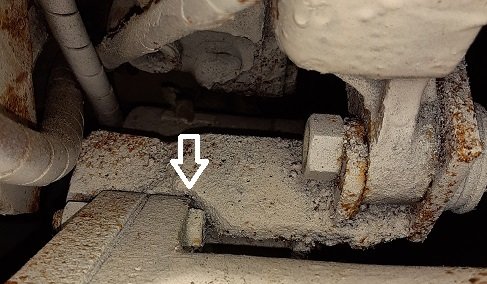- Joined
- Aug 29, 2012
- Messages
- 2,691
- Location
- Good Ol' US of A!
- Vessel Name
- Pau Hana
- Vessel Make
- 1989 PT52 Overseas Yachtfisher
Hola!
Prepping to install new Wakespeed 500 external regulators, and i'm looking to see if anyone has a wiring schematic for the 01Z 3208TA.
Specifically:
Thanks!
Prepping to install new Wakespeed 500 external regulators, and i'm looking to see if anyone has a wiring schematic for the 01Z 3208TA.
Specifically:
- ignition wire (connected to switched voltage- zero volts when off and min 8.5vdc to activate)
- Lamp wire- ground for charging lamp.
Thanks!

